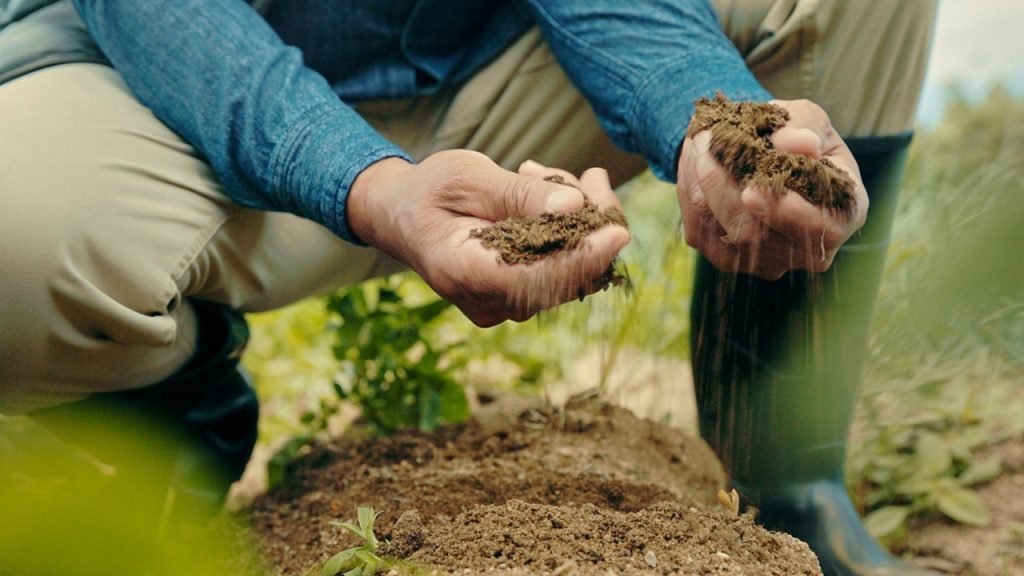Michael Boyle found a large piece of ancient bog butter on his farm in County Donegal, one of the largest discovered in Ireland. Bog butter was used by ancient people for preservation or as an offering to gods or spirits. The butter was likely once stored in a wooden container, as indicated by a small piece of wood found on the bottom of the slab. The discovery of bog butter is common in Ireland and Scotland, but this particular find stood out due to its large size. Archaeologists estimate that the chunk of bog butter weighs between 22 kg and 25 kg, making it one of the biggest found in Ireland to date.
Boyle stumbled upon the ancient bog butter while conducting work on his farm. He described seeing something about a foot in the ground and being hit with a “cheesy smell,” which immediately alerted him to the nature of the discovery. Despite its age, the bog butter still tasted like unsalted butter when sampled by archaeologists. The find is believed to date back to the Bronze Age, but further research is being conducted at the National Museum of Ireland. Once the analysis is complete, the slab of bog butter may be displayed at the Kilclooney Dolmen Centre, where it could hold significant meaning for the local community in south west Donegal.
The slab of bog butter found by Boyle is just one of many ancient discoveries that have been made in Ireland. Archaeologists recently uncovered several rock carvings of an ancient board game dating back 4,000 years, highlighting the rich history and archaeological significance of the region. These findings serve as a reminder that ancient artifacts and objects can be found in unexpected places, whether it be on a farm or in a backyard. The discovery of ancient treasures not only provides valuable insights into the past but also adds to the cultural and historical richness of the community where they are found.
The unearthing of bog butter in Ireland and Scotland is not a new phenomenon, with around 500 finds recorded in Ireland alone. The ancient practice of burying dairy or animal fat in bogs for preservation has left behind a trail of artifacts that shed light on the dietary habits and cultural practices of ancient societies. The discovery of such artifacts, like the slab of bog butter found by Boyle, offers a glimpse into the culinary traditions and beliefs of our ancestors. Through careful analysis and research, historians and archaeologists can unravel the mysteries surrounding these ancient objects and piece together a more complete picture of ancient life.
The significance of the bog butter discovery lies not only in its age and size but also in its potential to contribute to our understanding of ancient Irish and Scottish cultures. By studying the composition, storage methods, and possible uses of bog butter, researchers can gain insights into the technological and culinary practices of past societies. The unique nature of the find, combined with its unusual location on Boyle’s farm, adds an element of curiosity and excitement to the discovery. As more research is conducted on the slab of bog butter, it is likely that new information will emerge, further enhancing our knowledge of ancient civilizations in Ireland and beyond.
The discovery of the ancient bog butter by Michael Boyle serves as a reminder of the rich history and cultural heritage that can be found in unexpected places. Whether through archaeological excavations or chance discoveries, ancient artifacts continue to offer valuable insights into the past. The slab of bog butter found on Boyle’s farm not only adds to the growing collection of ancient treasures in Ireland but also highlights the importance of preserving and studying these artifacts for future generations. Through continued research and analysis, we can continue to unravel the mysteries of our ancestors and gain a deeper appreciation for the traditions and practices that have shaped our world.


